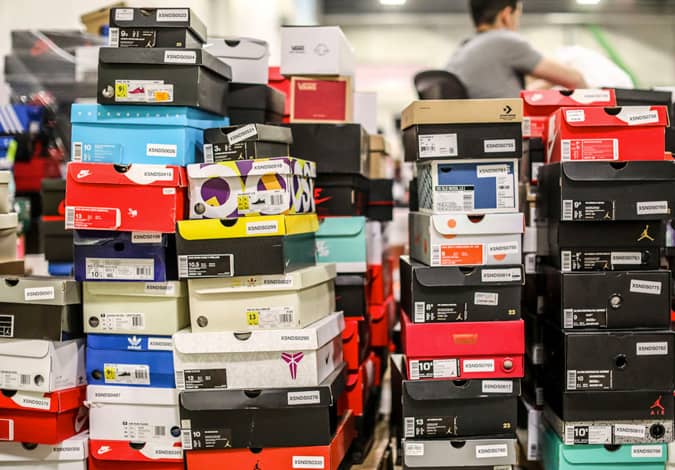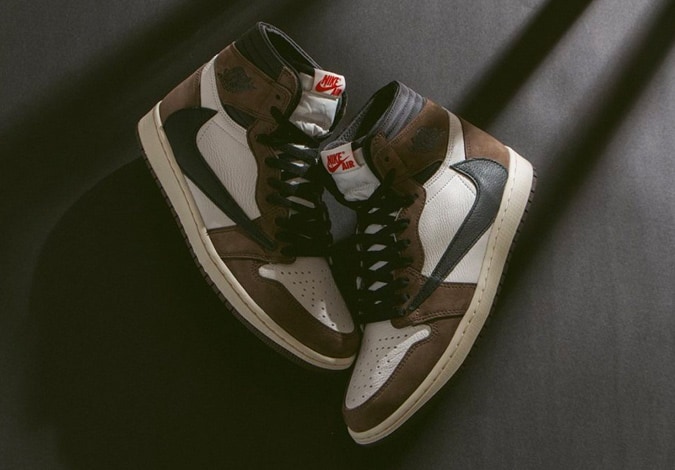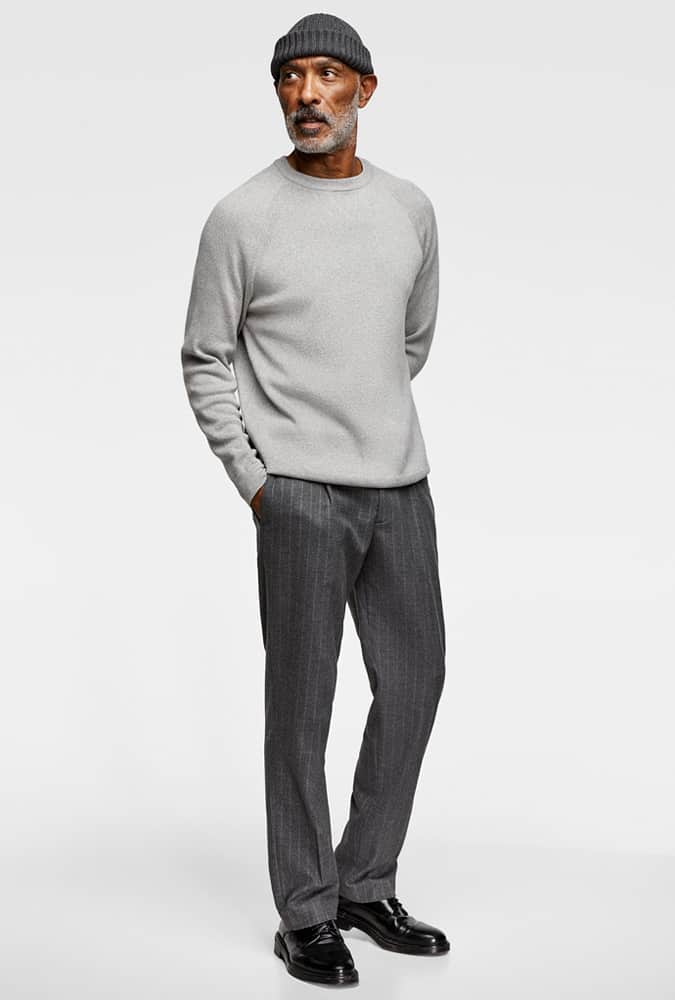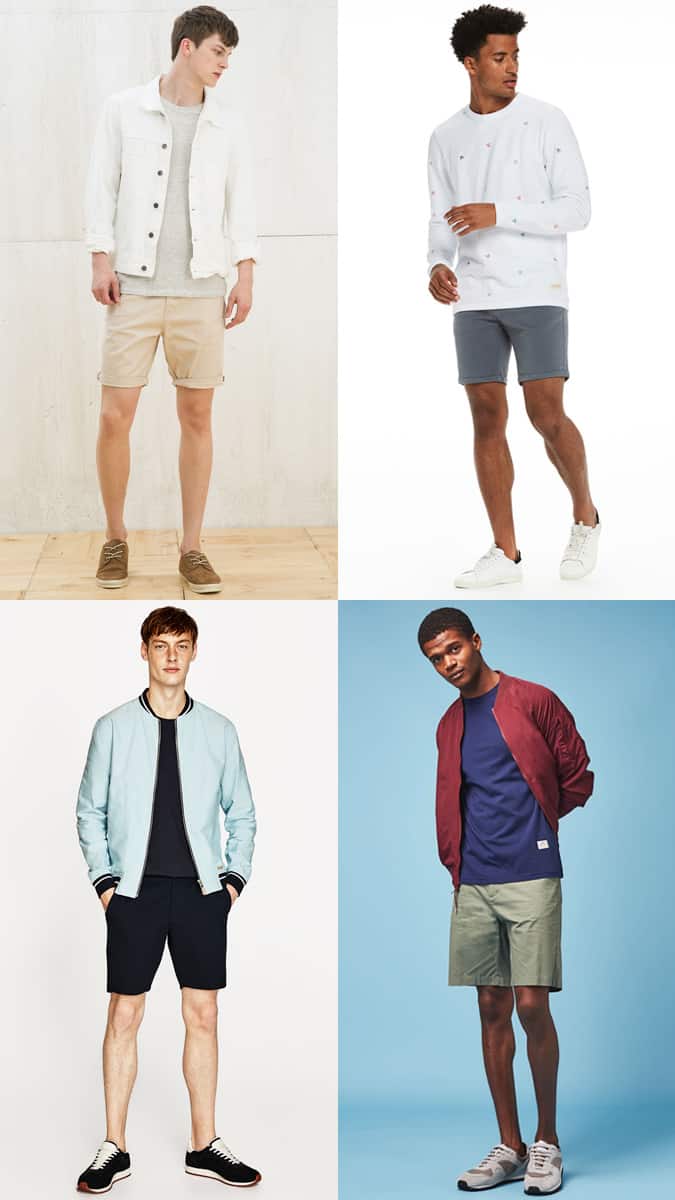Everything You Need To Know About StockX, The Biggest Sneaker Site In The World
A shoe’s value is all down to its level of ‘hype’, reflected in the StockX market trend. Like the actual stock market, this is difficult to predict. “It’s a really hard call, because not everything becomes hype,” Sabir says. “But, while you might take a loss, at the end of the day you can at least probably still sell a shoe for the price you bought it.”
Take Your Chances

Ask for hacks on how to use eBay, and people will tell you to post your auctions on a certain night, or search for misspelt designer brand names. But on a site like StockX, where items are categorised and authenticated and bids can stay up for months, these tricks don’t work. The good thing is, other tricks do.
“Because you can bid whatever you want to pay, there’s nothing stopping you just going and putting a bid up,” Morrison says. “If something is selling for £300 now, there’s nothing to say that someone won’t sell it to you for £250 later. So there’s no harm in putting those kinds of bids on things, and waiting.”
Don’t Undersell Yourself

On the seller’s side of things, the same approach applies: Sabir advises listing your items for slightly higher than the current market trend. “StockX takes a percentage of your fee,” Sabir says. “So I’ll usually put items up at a price which is a little more than the market price, with the StockX fee on top of that. I’ll be putting maybe an extra 15 per cent on top.”
As an example, Sabir uses the Nike Sacai, one of the most in-demand shoes of the moment. “The retail was about £160, and I was picking up pairs at resale for £230,” he says. “They’re now selling for around £380 on StockX, so I’ve stuck them on for £400, plus the StockX fee. That means about £450/£460.” Now that they’re up, Sabir can merely wait until people are willing to pay the price.
Be Patient

For more seasoned resellers, making real money is about playing the long game. This means being able to invest the capital you need into buying several pairs of trainers at resale price, then sitting on them until the time is right. “It’s the nature of economics,” Sabir explains. “People buy these shoes, then they wear them. This keeps happening, and the supply gets more and more limited. So, if you’re patient, you should make money.”














